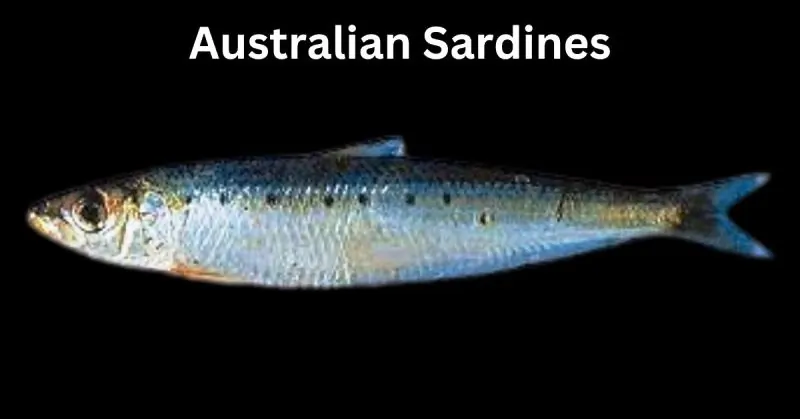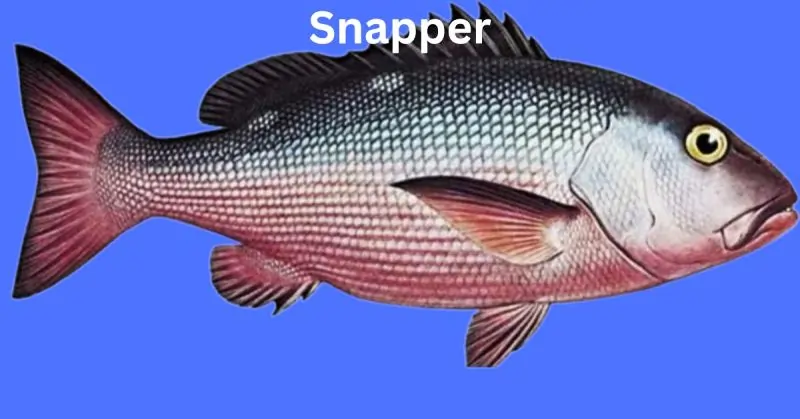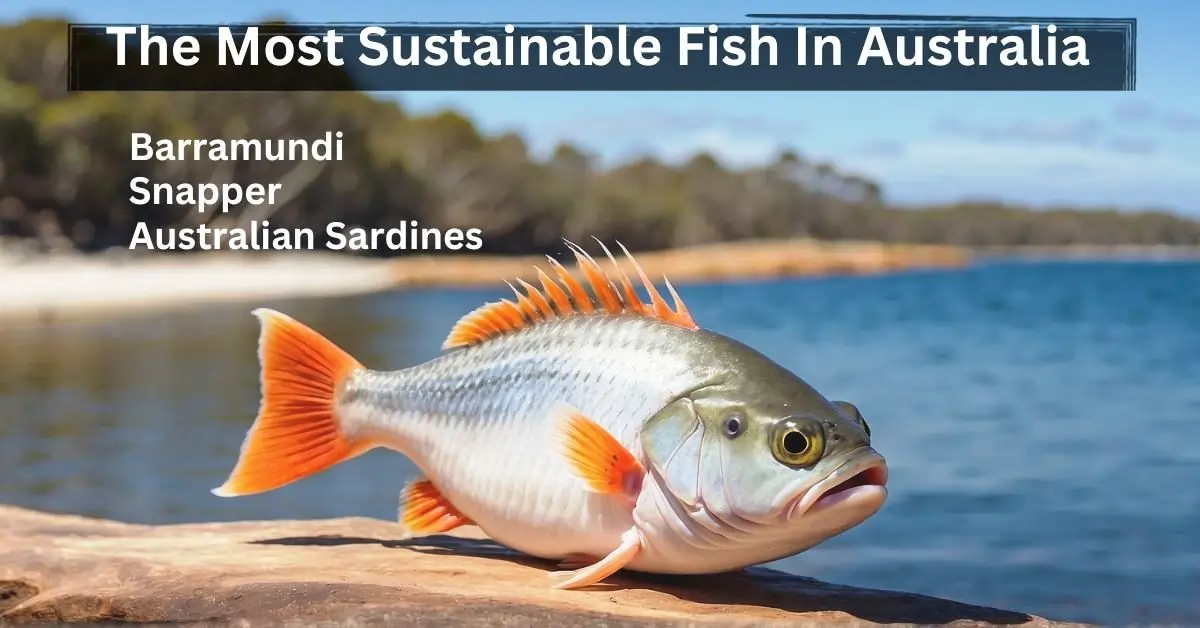What Is The Most Sustainable Fish In Australia
It is more important than ever to protect our waters these days. There is a threat to our oceans, and we can make a big difference with our food choices. With the ocean facing big problems, picking the right fish for our meals matters not just for us, but for marine life and the future of our planet. In Australia, surrounded by vast and beautiful waters, using fishing methods that don’t harm fish numbers or their homes is super important. This approach helps keep the ocean full of life and supports people who rely on fishing for their jobs.
Sustainable fishing includes gathering fish in a method that allows them to continue reproducing, avoiding unintentionally taking fish, and choosing species that aren’t in risk of going extinct. Respecting these fishing regulations is essential to protecting Australia’s unique marine life and natural areas, a country renowned for its love of the outdoors and the natural world.
We are here to discuss the top three sustainable fish that are available in Australia. Selecting these fish is about more than just choosing something tasty to eat; it’s about making decisions that support the continued health and thriving life of our seas for years to come. Together, let’s discover the top fish selections that complement our passion for the ocean and dedication to building a better future.
Understanding Sustainable Fishing
Fishing sustainably entails employing techniques that protect our oceans’ biodiversity and health for coming generations. Similar to making sure a garden can continue to develop and yield more while only taking what you need from it. This strategy can assist ensure that we don’t damage fish habitats or remove an excessive number of fish from the water. To meet our requirements for fish while preserving the natural rhythms of the ocean, we must strike a balance.
Ensuring that neither an excessive number nor an inappropriate variety of fish is caught is a major component of sustainable fishing. This entails allowing fish to develop, procreate, and sustain their populations. Additionally, it’s critical to fish using techniques that don’t harm other marine life or damage the ocean floor by catching more fish than we were actually aiming for.
An important part of this is played by groups like the Marine Stewardship Council (MSC). They act as the ocean’s closest allies, enforcing stringent guidelines for what constitutes sustainable fishing and monitoring fisheries to ensure compliance. The MSC seal of approval signifies that a fish or seafood product was caught ethically and without harming the ocean, much like a gold star. This enables consumers like us to choose seafood that is healthier for the environment and our plates when we purchase or dine out.
The Importance of Choosing Sustainable Fish:
These are 5 compelling arguments for why eating sustainable fish benefits both the world and you.
Many people are looking for sustainable fish and seafood options—fish they can feel good about eating—because our preferences for certain types of fish influence which ones are fished, which in turn affects the delicate balance of fish in the ocean.
Although more than 70% of the planet is covered by seas, the demand for fish and seafood is rising faster than the oceans can sustainably or responsibly.
When it comes to seafood, “sustainable” refers to fishing or farming practices that take into account both the long-term survival of the species and the health of the oceans. In short, sustainably farmed seafood is healthier for the environment and you. This is the reason:
Introducing: A Healthier You
Numerous fish species that are sustainable have minimal levels of toxic chemicals and high levels of heart-healthy omega-3 fatty acids, protein, and vitamins and minerals. Seafood that has been overfished, such salmon and tuna, frequently contains pollutants, PCBs, or mercury. Because of bioaccumulation, larger fish at the top of the food chain typically contain higher concentrations of dangerous substances. As a result, the nutrient-dense, high-protein barramundi contains half the calories of salmon and is of the purest fish available, with very no mercury, PCB, or other pollutant.
Top 3 Sustainable Fish in Australia:
Barramundi (Farmed)

What’s Barramundi?
Barramundi is a type of fish that a lot of people love. It’s got this nice firm texture and white meat that tastes mild and delicious.How It’s Farmed:
When it comes to raising barramundi, farmers are all about keeping things green and clean. They use special farming methods that are good for the environment. This means the fish grow up in healthy water without messing up nature.
Cooking Barramundi:
Cooking barramundi is pretty straightforward and fun. You don’t need to be a chef to make it taste great. There are loads of simple recipes out there that really bring out its yummy flavor. Whether you grill it, bake it, or pan-fry it, barramundi turns into a tasty meal that’s sure to impress.
Australian Sardines

About Australian Sardines:
Australian Sardines are tiny but mighty fish, packed full of nutrients that are good for you. They play a big role in the ocean’s food chain, helping keep the marine ecosystem balanced.
Sustainable Fishing Practices:
These little fish are caught using methods that make sure they stay plenty in the sea. Fishermen use controlled techniques to catch them, which helps keep the sardine population healthy and thriving. This way, we can enjoy sardines without worrying about harming their numbers.
Cooking with Sardines:
Sardines are super versatile and can be used in a bunch of creative dishes. Whether you’re adding them to a salad, making a sardine spread for toast, or tossing them into pasta, they bring a rich flavor that can spice up any meal. Don’t be shy to try them in different recipes – their nutritional benefits and taste can turn simple dishes into something special.
Snapper (Line-caught)

Overview of Snapper:
Snapper is a beloved fish known for its sweet and delicate flavor, making it a favorite among seafood lovers. Its versatility in the kitchen means it can be prepared in countless delicious ways to suit any taste.
Sustainable Fishing for Snapper:
When snappers are caught using line-catching methods, it’s not just good for the fish but the whole marine environment. This technique is precise, aiming directly for snapper and significantly reducing unwanted catch (bycatch) of other marine life. Choosing line-caught snapper supports fishing practices that are better for the oceans, ensuring that marine ecosystems stay healthy and vibrant.
Cooking with Snapper:
Snapper’s mild taste makes it an excellent canvas for a variety of recipes, from simple to sophisticated. Here are a few ideas to get you started:
- Grilled Snapper: Season with herbs and a squeeze of lemon for a light, flavorful dish.Snapper Ceviche: Marinate raw snapper in lime juice and spices for a fresh, zesty appetizer.Baked Snapper with Tomatoes and Olives: A hearty yet easy dish that combines Mediterranean flavors.Pan-Seared Snapper: Quick and simple, with a crispy skin and tender meat, perfect for a weeknight meal.
How to Identify and Buy Sustainable Fish
Finding and choosing sustainable fish can be straightforward if you know what to look for. Here’s a guide to help you make eco-friendly choices that are good for the ocean and for you.
Look for Labels and Certifications:
When shopping for fish, keep an eye out for labels and certifications that indicate sustainability. The Marine Stewardship Council (MSC) and Aquaculture Stewardship Council (ASC) are two key organizations that certify sustainable seafood. Their labels on packaging mean the fish comes from sources that prioritize the health of the world’s oceans and the creatures that call them home.
Support Local Fisheries:
Buying fish from local fisheries and markets not only supports your local economy but often means the fish is fresher and has a smaller carbon footprint. Local fisheries are more likely to use sustainable practices because they have a direct stake in preserving their marine environment. Ask your fishmonger about local options next time you’re at the market.
Ask the Right Questions:
Don’t hesitate to ask questions about where and how a fish was caught or farmed. Some good questions include:
- “Is this fish locally sourced?”
- “What fishing method was used to catch this fish?”
- “Does this fishery have sustainability certifications?”
- “How does this farm manage feed and waste to minimize environmental impact?”
Being informed and curious about your seafood choices encourages transparency and responsibility in the supply chain, promoting sustainable practices.
By making mindful selections, you can enjoy delicious seafood while contributing to the health of our oceans and the well-being of future generations. Remember, every sustainable choice counts toward a bigger impact on preserving marine life.
FAQ on What Is The Most Sustainable Fish In Australia
Q: What defines a fish as sustainable in Australia?
A: A sustainable fish is one that’s caught or farmed in ways that support the long-term health of species and oceans.
Q: Can you name a sustainable fish species in Australia?
A: Barramundi, especially when farmed sustainably, is a top pick for eco-friendly seafood in Australia.
Q: Why is choosing sustainable fish important?
A: It helps protect marine biodiversity, ensures fish populations thrive, and supports healthier oceans.
Q: Where can I find sustainable fish in Australia?
A: Look for sustainability certifications at supermarkets, fish markets, or inquire at local seafood restaurants.
Conclusion:
Picking the right fish isn’t just about taste anymore. It’s about helping our amazing ocean friends stay healthy for everyone to enjoy! Instead of depleting it too soon, we want to preserve good seafood for future generations.
Selecting “sustainable” seafood ensures that we are not overfishing or causing damage to the ocean. In addition to safeguarding the ocean’s inhabitants and their habitats, this means we can continue to enjoy delicious, healthful seafood for years to come.
Next time you’re shopping or ordering out, look for the “sustainable” options. It’s a small way to make a big difference! And don’t forget to share your discoveries with friends and family. Together, we can be a community of informed seafood lovers who help keep our oceans healthy.
We also hope to hear from you! Ask questions about eco-friendly options, share your favorite sustainable fish recipes, or discuss anything else related to sustainable fishing. We can create a strong community that is concerned about the ocean and its magnificent species by learning and sharing together. Let’s continue the discussion and collaborate to ensure that our oceans are healthy in the future!
